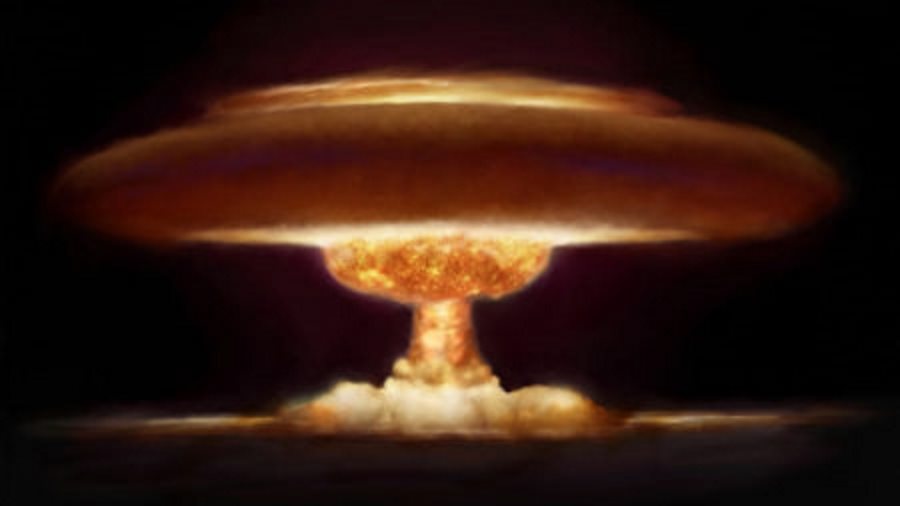
Researchers in the United States may have made a breakthrough in the quest to discern between uranium used for power generation and material that is being made into nuclear weapons.
Scholars at the University of Michigan, University of Florida and Penn State University showed a technique that takes advantage of a phenomenon known as laser filamentation, to tell the difference between ordinary uranium-238 and the fission-prone uranium-235. The technique is explained in a recent article in Phys.org.
According to one of the researchers, Igor Jovanovic at the University of Michigan, it’s difficult to measure different isotopes of the same element, but using laser filamentation, they can tell the difference when the uranium is bonded with oxygen.
Phys.org explains the science behind it:
When very short—and very intense—laser pulses run through the air, they create a plasma channel along the beam line. The channel serves as a sort of an optical fiber, keeping the laser pulses focused so that they strike their targets in a small spot, even at distances of a kilometer or more.
To find out whether they could tell uranium-235 from uranium-238, [Jovanovic’s team] loaded the sample into a chamber with the laser positioned a few meters away. The laser produced a plasma of air and uranium at the surface of the sample. The team picked up light from the plasma from a light-detecting system one meter from the sample.
To detect weapons-grade uranium, the uranium would have to be exposed, such as dust around a secret enrichment facility, according to Phys.org. But the testing equipment is small enough to fit into a truck, backpack or even a drone, according to Jovanovic, which opens up the technology for surveillance applications. It could also be used to determine the material in a nuclear bomb blast, and for civilian purposes, in ensuring the right level of enrichment at nuclear power plants.
Comments
Wiesław Jura
It’s the horror for the world.